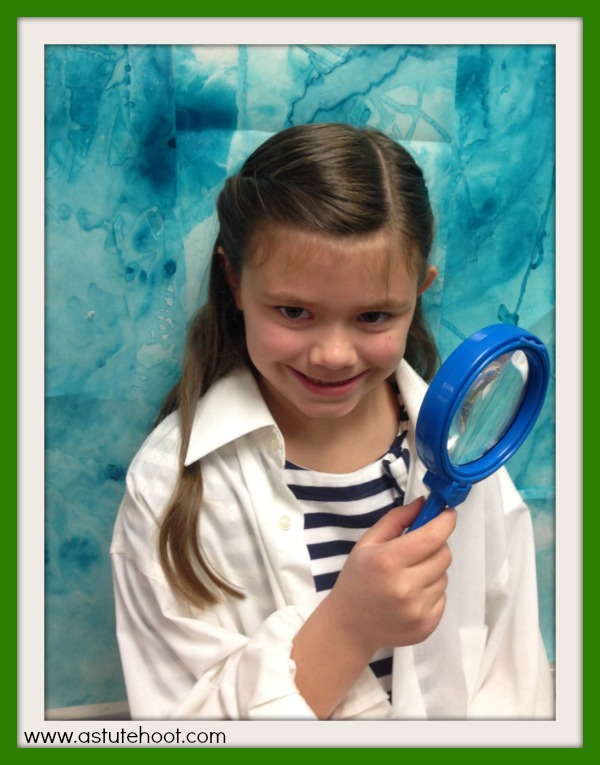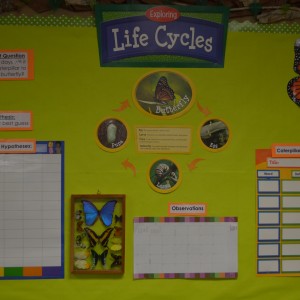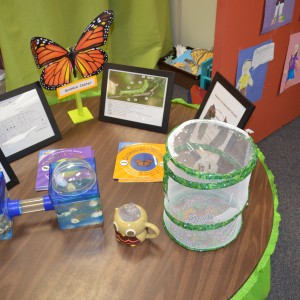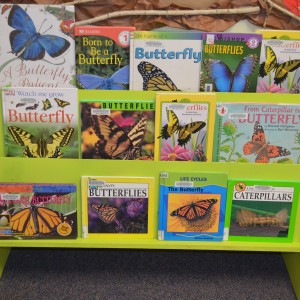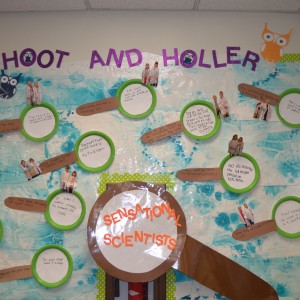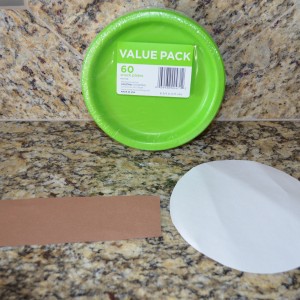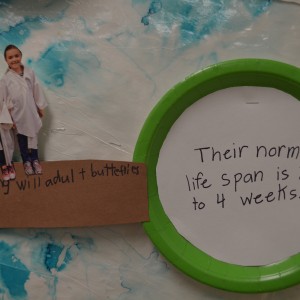5 Tips to Survive Science Fair
The Science Fair usually brings a mix of emotions. Students love the hands-on learning but for teachers, the Science Fair can be nightmare. What project(s) should the class do? How can I organize students’ work samples? How do I involve parents? Use these 5 tried-and-true tips to survive the Science Fair.
 1. Select experiment: Since my students are required to learn the life cycle process, I bought caterpillar and tadpoles for them to study. I also picked a variety of leveled text on butterflies and frogs to use during my guided reading groups to make it a cross-curricular project. It may to tempting to choose an experiment that just seems fun and interesting, but always be sure that it aligns to your grade level standards and curriculum. This helps to extend learning and create a richer learning experience.
1. Select experiment: Since my students are required to learn the life cycle process, I bought caterpillar and tadpoles for them to study. I also picked a variety of leveled text on butterflies and frogs to use during my guided reading groups to make it a cross-curricular project. It may to tempting to choose an experiment that just seems fun and interesting, but always be sure that it aligns to your grade level standards and curriculum. This helps to extend learning and create a richer learning experience.

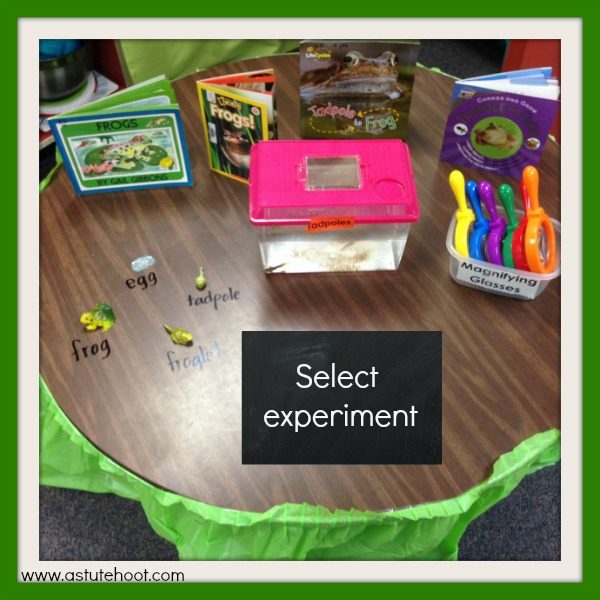 2. Provide scientific tools: Use a variety of hands-on tools and materials. Allow students to use magnifying glasses and rulers and they observe their specimens. I bought a few men’s white button-down dress shirts and called them “lab coats’ which the students absolutely loved. They felt like real scientists!
2. Provide scientific tools: Use a variety of hands-on tools and materials. Allow students to use magnifying glasses and rulers and they observe their specimens. I bought a few men’s white button-down dress shirts and called them “lab coats’ which the students absolutely loved. They felt like real scientists!
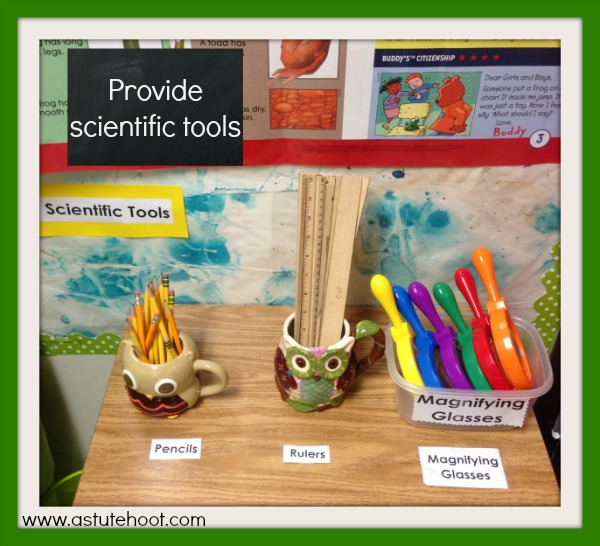
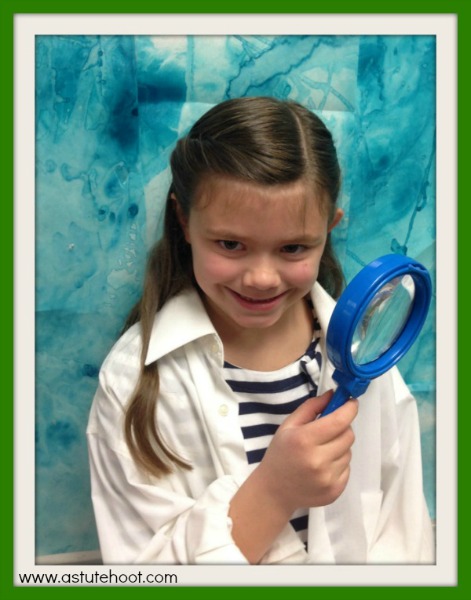
3. Teach journaling skills: The Science Fair is the perfect opportunity to teach vital journaling skills. My students learned how to tell time to the nearest minute, write a detailed observation in complete sentences, and draw a scientific diagram. They also highlighted new vocabulary terms which they compiled into a glossary. Plus, I used their observations as writing grades. Download this journal here
.
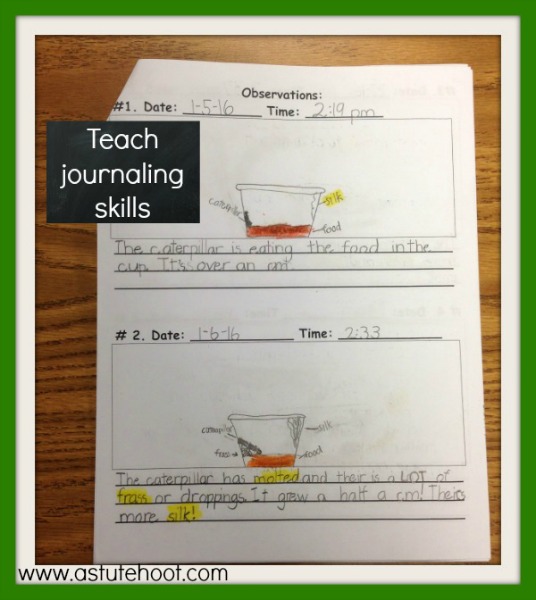
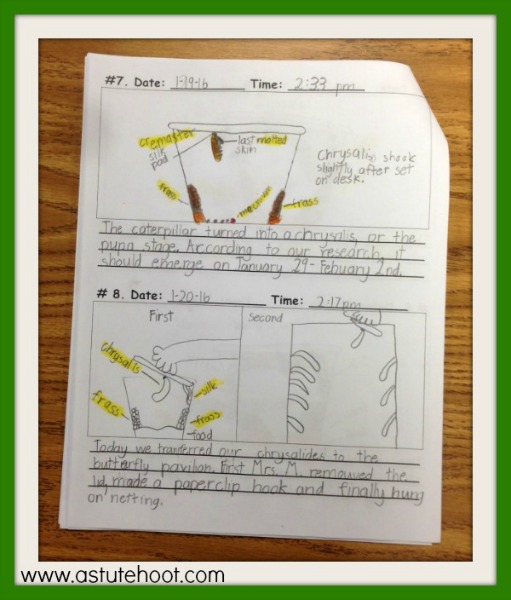
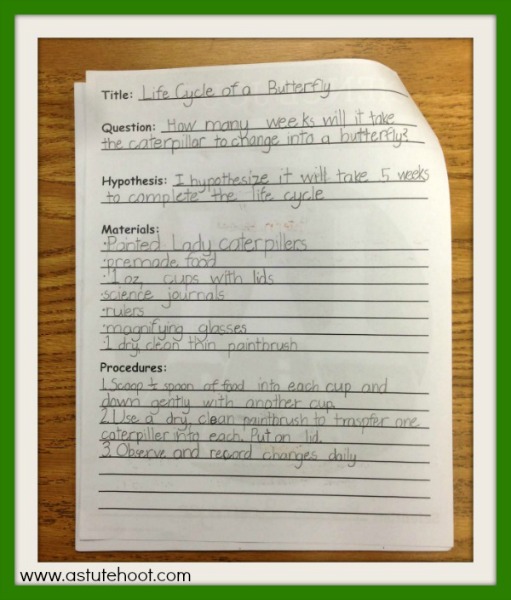
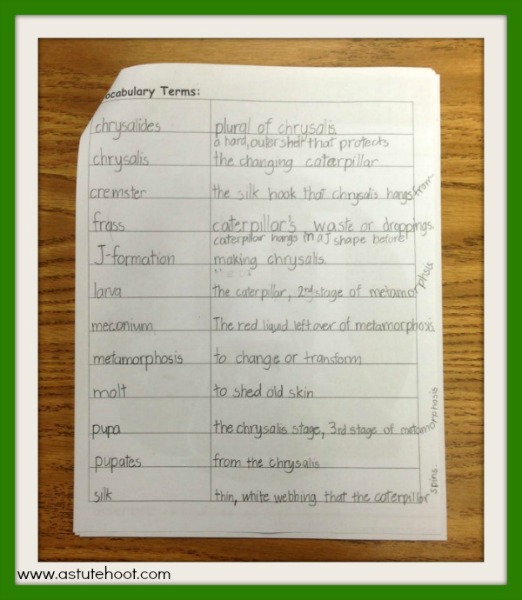 4. Showcase students’ work: Dedicate a bulletin board or showcase table to display students’ learning and scientific work samples. Creating a portfolio of their work is another great option.
4. Showcase students’ work: Dedicate a bulletin board or showcase table to display students’ learning and scientific work samples. Creating a portfolio of their work is another great option.
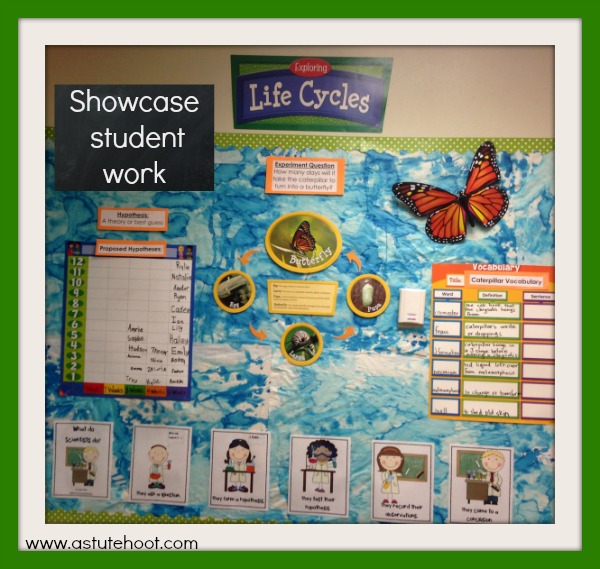 My students made these “Meet the Scientists” for our Science Fair night. They were a huge hit!
My students made these “Meet the Scientists” for our Science Fair night. They were a huge hit!
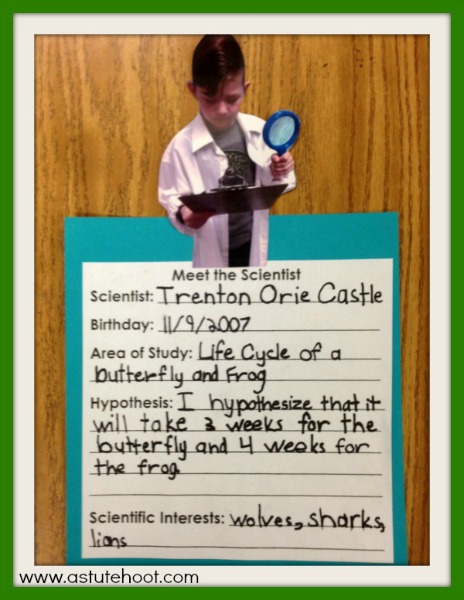 5. Invite families: Have students create a formal invitation inviting families to the Science Fair. This is a great opportunity for students to share their new learning; parents are always so proud and impressed. You may also want to consider providing probing questions for parents to ask their children and an activity for children to showcase their skills. Be sure to provide refreshments (I bought inexpensive cookies from Target).
5. Invite families: Have students create a formal invitation inviting families to the Science Fair. This is a great opportunity for students to share their new learning; parents are always so proud and impressed. You may also want to consider providing probing questions for parents to ask their children and an activity for children to showcase their skills. Be sure to provide refreshments (I bought inexpensive cookies from Target).
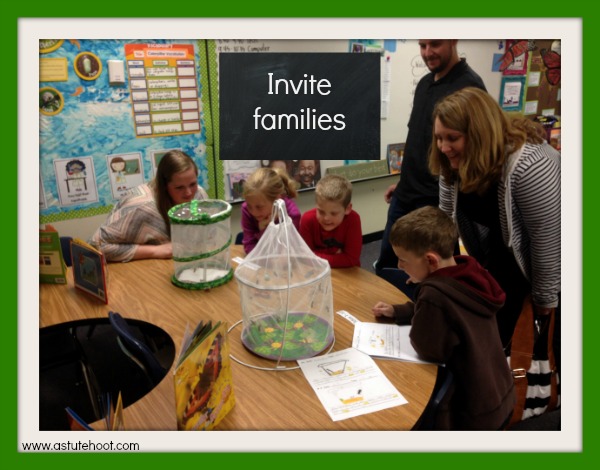
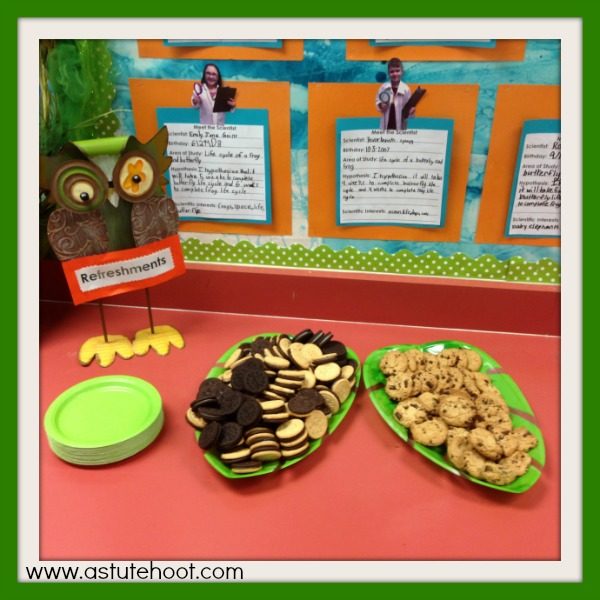 I’d love to hear your great Science Fair ideas!
I’d love to hear your great Science Fair ideas!


